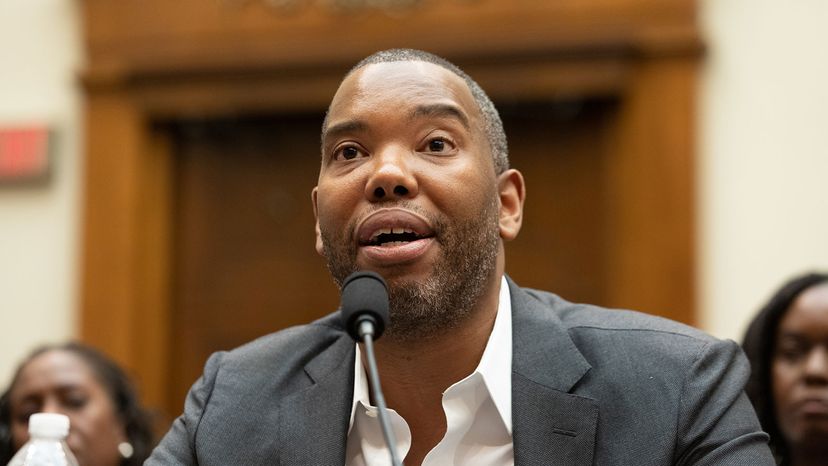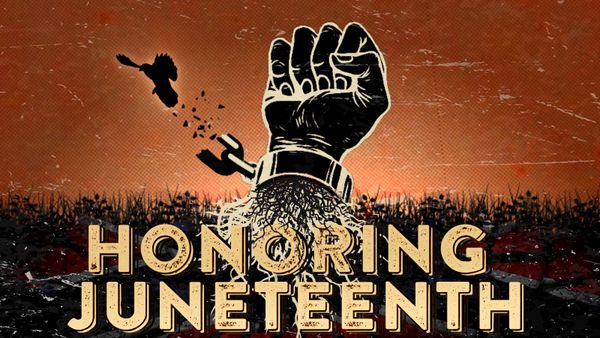The core argument of the reparations movement is that America's wealth was built on the backs of slave labor and that black Americans have been systematically denied access to that wealth.
Black slaves were the engine of the American cotton industry, the most profitable enterprise of the 19th century. According to Yale University historian David Blight, cotton constituted 59 percent of all goods exported from the United States in 1836. Massive profits from cotton allowed the U.S. to invest in transportation and other industries that spread the wealth of Southern plantation owners to the North and West.
By 1860, writes Blight, "the nearly 4 million American slaves were worth some $3.5 billion, making them the largest single financial asset in the entire U.S. economy, worth more than all manufacturing and railroads combined."
Even after Emancipation, former slaves received no compensation for their centuries of free labor. The short-lived Reconstruction era gave former slaves a brief glimpse of the rights to vote and own land in the South, but those rights were cruelly stripped away in the Jim Crow era.
"After the fall of Reconstruction, black people were subjected to a regime of racial terror in the South and were systematically disenfranchised," said Manisha Sinha, a history professor at the University of Connecticut and author of the essay "The Long History of American Slavery Reparations" in The Wall Street Journal.
In addition to horrific acts of violence committed against black businesses and prosperous black communities in the late 19th and early 20th centuries — the Red Summer of 1919, for example, and the Tulsa Race Massacre of 1921 — the U.S. government supported policies that excluded black Americans from acquiring property and accruing intergenerational wealth.
Home ownership, for example, is one of the most direct paths to wealth creation in America. But the cards have been stacked against black homeowners since 1933, when Franklin D. Roosevelt's New Deal created the Home Owners Loan Corporation to bail out failing home mortgages during the Depression. The government graded neighborhoods by their level of credit risk and Black neighborhoods were circled in red for "hazardous" and denied low-interest loans.
This practice, known as "redlining," persisted through the 1960s, keeping home ownership out of reach of most Black Americans. Even Black World War II veterans were denied the promise of the G.I. Bill, which was supposed to provide mortgages with no down payment to vets and their families. Since the banks backing the mortgages still employed racist redlining policies, Black vets were often rejected.
Today, the legacy of slavery and generations of racist economic policies can be seen most clearly in the wealth gap between Black and white families in America. The median family wealth for white households is $171,000 compared to $17,600 for Black households, according to a 2019 New York Times article.
Proponents of reparations, particularly cash reparations, believe that the tremendous economic debt owed to slaves and their descendants needs to be repaid. Other reparations supporters believe the greater debt owed to Black Americans is a moral one, and that the United States government needs to make a full moral accounting (in addition to a financial accounting) for its complicity in the crime of slavery.

